This is an unabridged reissue of a basic work upon Asiatic art principles first issued by Harvard University Press in 1934. Written with all the author’s enormous erudition in art history, aesthetics oriental languages, philosophy and religion, it analyses the community of theory behind medieval European and Asiatic art. The author demonstrates that both differ radically from post-Renaissance European art because of a basic philosophic orientation on the part of the medieval and Indian artist. For both "art is religion, religion art, not related but the same." To isolate a general theory of art, the author examines Indian and Chinese treatises on aesthetic theory and art manuals. He then examines the medieval European aesthetic in terms of the 14th century German mystic Meister Eckhart, whose genius enabled him to subsume and concentrate the spiritual being of Europe as its highest tension. Further chapters investigate, through Indian texts, the psychology of the Indian viewer of art, while a medieval Hindu encyclopedia is analysed for iconographic instruction. Aesthetic texts explain the oriental theory of ideal representation the nature of painting, the use of perspective and spatial relations, while the origin and use of images in India are described in a final provocative chapter. This is a book not only for the orientalist, the art historian, the philosopher, but also for the artist who realizes, with Dante, that "Who paints a figure, if he cannot be it, cannot draw it.
Hinduism and Buddhism
$13.50
$15.00

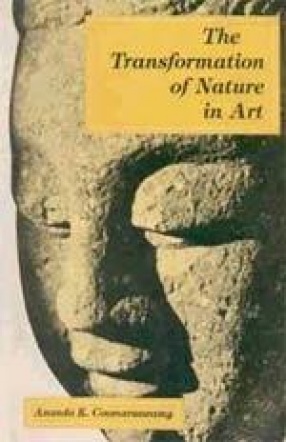
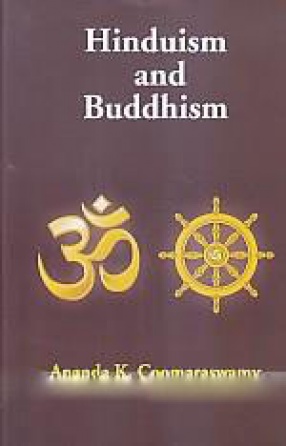
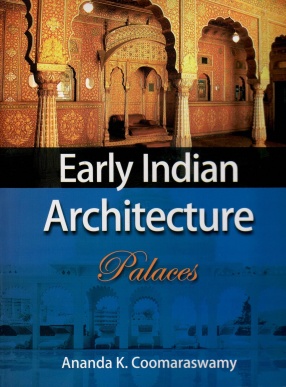
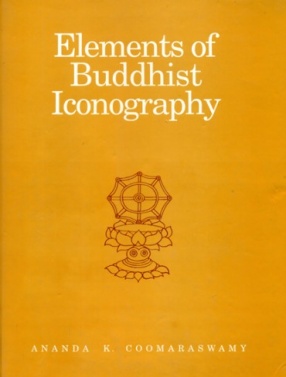

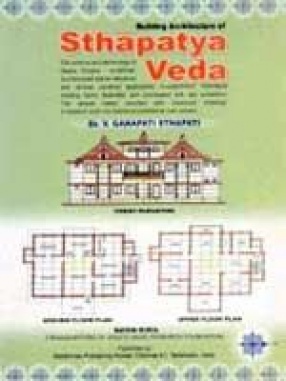

There are no reviews yet.